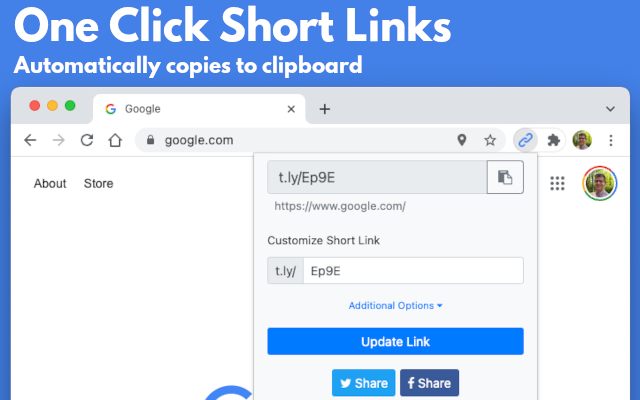
What Makes Up a URL?
If you’re involved in digital marketing, it’s important to understand how URLs work. After all, URLs are an essential part of every website and play a key role in search engine optimization (SEO). In this blog post, we’ll break down the basics of what makes up a URL and how you can use this information to your advantage.
The Anatomy of a URL
Every URL has four main components: the protocol, the subdomain, the domain, and the path. Let’s take a closer look at each one:
The Protocol: The protocol is the first part of the URL and indicates which protocol will be used to access the resource. The most common protocols are HTTP and HTTPS, but you may also see FTP, SFTP, and SSH.
The Subdomain: The subdomain is optional but often points to a specific page or resource on a website. For example, the subdomain “blog” might be used to point to a website’s blog section.
The Domain: The domain is the main part of the URL and corresponds to the website’s actual address. In most cases, this will be something like “example.com.”
The Path: The path indicates which specific page on the website you want to access. For example, if you want to access the “About Us” page on a website, the path would be “/about-us.”
Putting It All Together
Now that we’ve gone over the basics of what makes up a URL let’s put it all together with an example. Let’s say we want to access the “About Us” page on the website “example.com.” The URL would look like this: https://example.com/about-us
As you can see, it includes all four components we discussed earlier: HTTPS (the protocol), example (the domain), com (the top-level domain), and /about-us (the path).
SEO Friendly URLs
An SEO-friendly URL is easy for search engines to read and identify. It should be short and descriptive, and it should use relevant keywords. Additionally, an SEO-friendly URL should avoid using unnecessary characters, such as underscores or hyphens. Following these simple guidelines can help ensure that your website is easily discoverable by search engines. Consequently, taking the time to create SEO-friendly URLs can be a valuable investment in the long-term success of your website.
Human Readable URLs
There are a few things to keep in mind when creating readable URLs. First, use keywords in the URL that accurately describe the page’s content. This will help users understand what they will find on the page. Second, keep the URL short and to the point. Users should be able to quickly understand what the page is about without having to read through a long URL. Finally, use hyphens to separate words in the URL. This will make it easier for users to read and understand the URL. Users will trust a human-readable URL and will understand where they will be going when they click on the link. By following these tips, you can create URLs that are user-friendly and easy to read.
How to Use URLs to Your Advantage in Marketing
Marketers are always looking for new ways to reach their target audience. One way to do this is by using URL shorteners. URL shorteners are a great way to share links on social media, and they can also be used to track clicks and retarget customers. However, not all URL shorteners are created equal. Some URL shorteners allow you to customize your links, while others do not. Customizable links are great for branding purposes and can also help you track how customers interact with your links. In addition, some URL shorteners offer analytics that can help you understand which links are performing well and which ones need improvement. By taking advantage of all that URL shorteners offer, you can boost your marketing efforts. T.LY URL shortener is the perfect tool for any marketer who wants to increase their online presence.
Hopefully, this blog post has given you a better understanding of how URLs work and how they’re constructed. With this knowledge, you can now use URLs to your advantage in your digital marketing efforts. For instance, you can use keyword-rich URLs to improve your SEO or create short, memorable URLs for your email marketing campaigns. So what are you waiting for? Get out there and start putting URLs to work for your business!
Related Posts
Tim Leland
Ready to improve how you manage links?
T.LY URL Shortener makes long links look cleaner and easier to share! Add your own Custom Domains to personalize your brand. Create Smart Links to customize a URL's destination. Generate QR codes to promote your business.
Sign Up for Free







